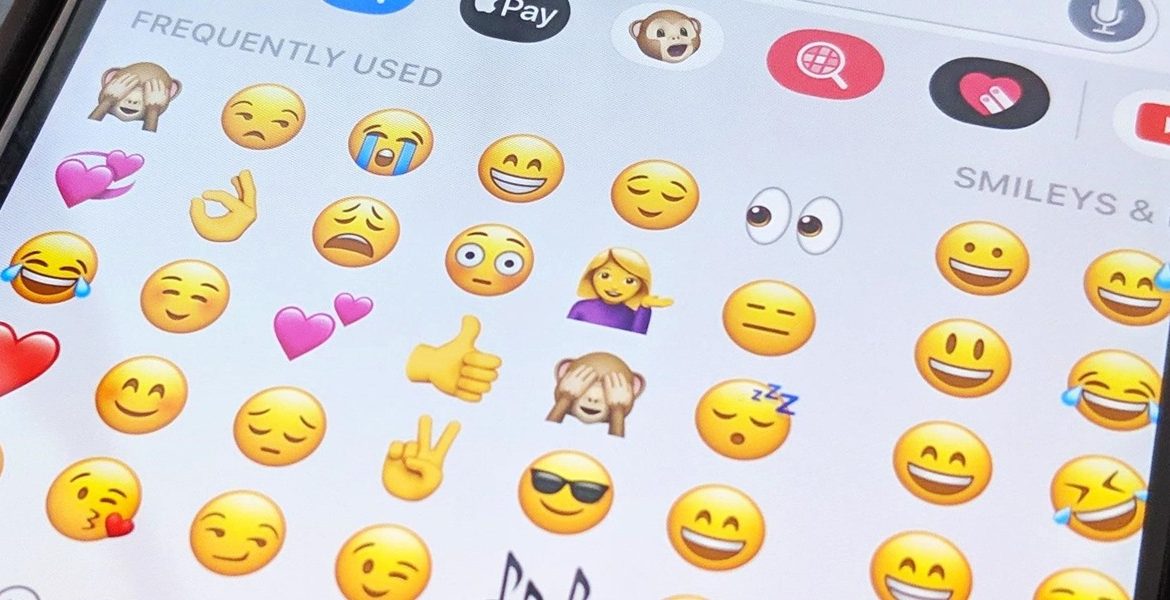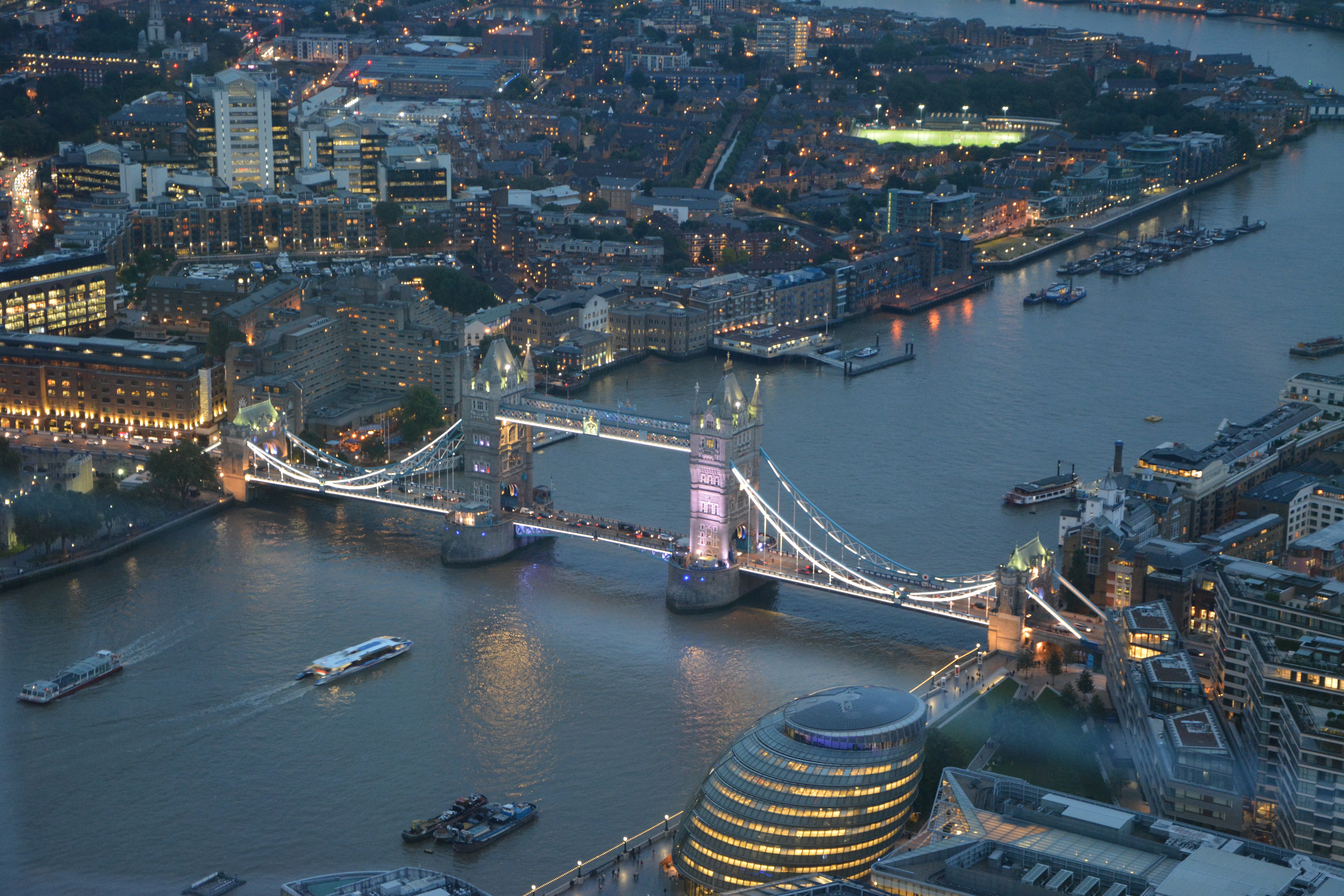In the midst of countless new world days, today marks potentially the most millennial of them all: #WorldEmojiDay; or, in emoji, 🌍😂📅 (ironically, there is not an emoji symbol for an emoji so I’ve used the most popular, dubbed, ‘Face with Tears of Joy’). A day created to celebrate all things emoji. If anything typifies 21st century socio-cultural norms, this is it. And why not!? Emojis are ubiquitous in our everyday lives. You can’t miss them. Gone are the days of using mere punctuation to portray a cheeky wink in your attempts at being witty; you can now have a wry cheeky grin with devil horns, cash dollar signs for your eyes and tongue or your brain exploding out of your head. The options for your emotional repertoire are endless.
The Language of the Digital World
First created in 1999 by Japanese artist Shigetaka Kurita, emojis did not become commonplace worldwide until Google’s drive to get them indexed into the Unicode Standard in 2010, swiftly followed by the subsequent emergence of an emoji keyboard to iOS. A revolution in language has ensued. Incredibly, in 2015, that emoji to trump all emojis – ‘Face with Tears of Joy’ – was named Word of the Year. A truly noteworthy feat when considering they had only been standardised five years previously.
With Apple’s latest reveal of a stream of new images flowing into the emoji lexicon, and the constant diversification of their representation, the language seems to be proliferating at a remarkable rate. Emojis are not simply add-ons to augment the meaning of your words anymore. They have become an outright self-contained language of communication; the first language of the digital world.
The Language Barrier (or lack of it) and the Emoji Invasion
PR and Marketing campaigns have latched onto this as a means with which to appeal to the masses, transcending language barriers and instantaneously crossing borders worldwide. A global language allowing for marketing on a global scale. A colossal 92% of the world’s online population use emojis. Brands are of course lapping up the opportunity to get their own emojis created; today, I received an email from a restaurant chain who used solely emojis in the subject heading.
But, just like other languages, emojis adapt and evolve to take on new meanings and values within different cultures and communities. There are the stark differences gestures maintain between different societies globally – for example, a thumbs up being offensive in the Middle East. Then, the less conspicuous; what might be perceived as a mere emoji for an aubergine in some cultures, carries a whole baggage of sexual connotations here in the UK.
However, language remains in a constant state of flux even within small communities. Words and phrases are developed and take on new meanings within different social groups, businesses and organisations. From a marketing perspective, this offers a direct means with which to target certain audiences. These small slang phrases, idiosyncrasies and malapropisms then filter their way through into the mainstream and become commonplace.
With emojis, this process is multiplied exponentially. The language is growing on an unprecedented level and shows no signs of slowing down – quite the opposite. So, are we heading towards a world where emojis become the dominant language…!? Is it really possible to envisage a world where people communicate through emojis alone? Or is this going way too far?
Woah! In Defence of Words
Woah! Alright, let’s pause. I think it’s time to defend the beauty of words. Maybe in 20 years I will literally be eating my words and communicating this through a virtual emoji stuffing his face with random lexical jargon. But, I highly doubt it. Words convey complex ideas and messages in ways emojis can’t; just like emojis communicate visceral images and feelings in ways that words can’t. Rather than presenting itself as a conundrum, instead, we have the exciting possibility of a mixed language, with one form directly complimenting and enhancing the other. As with anything in life, balance and moderation are key. Too many emojis, and yes, it is rather jarring to say the least. However, rather than resist the use of emojis, see them as a positive extension to the words you’ve written.
Let’s enjoy both the beauty of words and the beauty of emojis.
Related Articles



